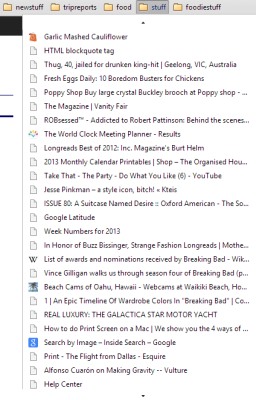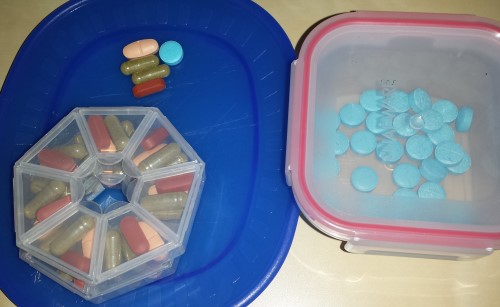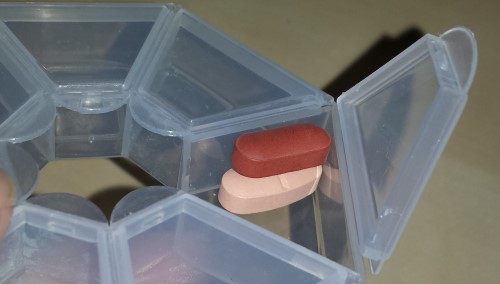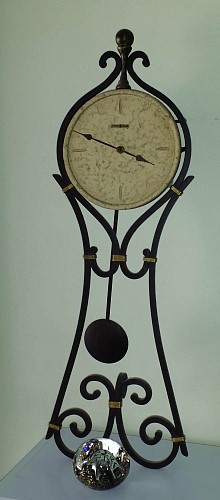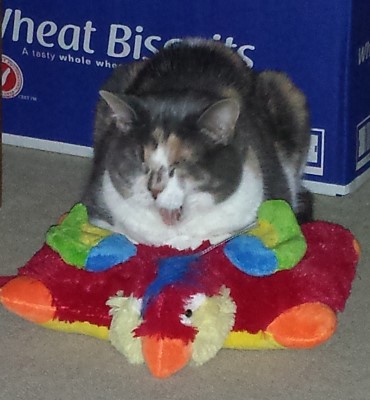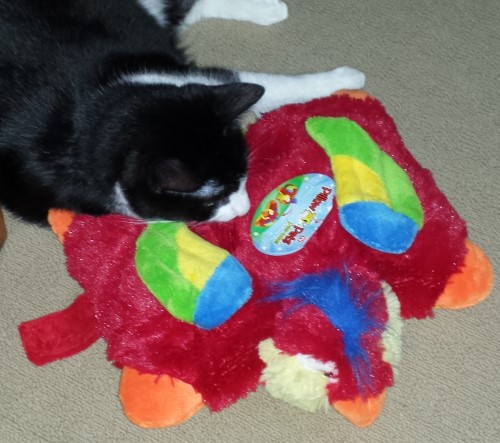
I am a massive sucker for time management games, the kind you get on your iphone like Diner Dash and Hotel Dash and Wedding Dash. But when it comes to time management in real life, I’m not so good at that. So in 2014 I set myself the goal of becoming better at managing my time.
Last year I had a daily schedule which involved two focused 2 hour sessions – from 10am to midday, and 2pm to 4pm. In some ways this was great but in other ways I found it very limiting. I wanted to set myself a third session in the evening but there were always interruptions in my two hours which sometimes made focusing on a task really difficult..
Sometime in December I stumbled upon a site that mentioned using shorter timed focus sessions. This was actually a pretty revolutionary concept for me and getting annoyed with the limits of 2 x 2 hour sessions, I thought I would give it a try.
There are six basic steps to a short timed session:
1. Choose Your Task
What do you want to achieve today? It could be anything. I’ve set the timer for –
– editing photos
– writing blog posts
– feed reading
– surfing the web
– cleaning and/or decluttering
– household chores
– exercise
– organising the fridge
– cooking
– gaming – especially those addictive can’t walk away from games
– watching the chickens
The last two are especially important to set a timer for, because I can lose hours in a game or just watching the chickens be chickens out there in the yard.
2. Set the timer
I use my mobile phone timer but you can use any kind of timer you like.
I like to set a minimum of 25-55 minutes for most photo editing or writing tasks. You don’t seem to achieve very much in less than 25 minutes at those two tasks. For kitchen or chore tasks I might set 20 minutes with a seated 10 minute break to make a nice round half hour, and then I can catch up on my email in the break.
I am flexible with how long I set the timer for, too. If I have to leave for a appointment in 20 minutes, then a 15 minute timer with 5 minutes of getting ready time means I don’t waste 20 minutes waiting for it to be time to leave.
3. Focus on your task
And ONLY that task. Phones off. Email off. Internet off. TV off. If the doorbell rings, you don’t answer it. I find this freeing in so many ways, especially ignoring the doorbell. I know if it is the package guy because right after the doorbell rings, there is a beep from his scanning the package. That one I’ll get up for. Everyone else can come back another time. No interruptions.
4. Timer Goes Off! Take a short break
If this was a seated writing or computer related task, save what you were working on before you turn off the timer. I’ve lost 55 minutes of writing thanks to a lightning storm before.
This step is *absolutely critical* – I cannot express to you the importance of taking the break the moment that timer rings. . I also recommend getting out of the room you were working in. You are giving your mind a chance to fly free and getting the blood flowing to your limbs again if the task was a seated one.
5. Take a longer break
You’ll find focused timer tasks can be quite tiring mentally. If you kept going for 4-6 hours at a time, not only will you get tired mentally but you’ll find it harder to focus.
6. Plan a reward
You’ve put in the effort so you deserve a reward once you’ve done at least 2 rounds of timed sessions then your break in a row. Your reward could be anything. Mine tend to range from playing a game to a snack to watching a tv show..
Group associated tasks together –
If I gave you 3 tasks that involved three different rooms, and you had to spend some of your focus time moving from room to room to room and back again, you’d find quite a bit of your time spent in moving about.
If you moved those 3 tasks into the same room, you’d save yourself a lot of time.
But only do one task at a time
You’d save even more time if you focused on just one task at a time.
The same goes for almost any task – it is quicker to do one task over and over than to switch from task to task. I find this especially true with things like image editing, writing, taking screenshots for my Breaking Bad episodes.
You can break tasks apart
I might break some tasks down into two separate timed sessions – for example – with the photo editing –
First session = 55 minutes of going through the photo folders, picking out images I want to edit and saving them into one folder
When the buzzer goes for the break, I get up and make a drink or have a quick walk around – my mind by this time has probably already moved onto how I want to edit those photos I have picked,
Second session = 55 minutes focused on image editing.
And even within this session I may break this down further. EG cropping all the images *then* making all the images the size I want *then* using tools to enhance the focus or colour *then* saving them all.
Because I have broken the two tasks into separate sessions, I find I get a lot more done.











